City of St. Jude Historic District and Hospital
Introduction
Text-to-speech Audio
Images
Prior to the start of the final march from Selma to Montgomery from March 21-25, the march organizers prearranged places for the marchers to rest overnight. The City of St. Jude was the fourth campsite used.
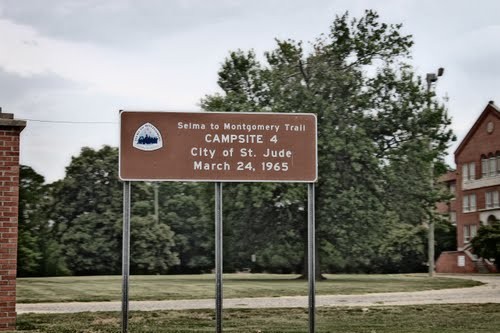
The old hospital was the first integrated hospital in the Southeast and tended to Viola Liuzzo's wounds after she was fatally shot at the close of the march. The hospital was closed in 1985.
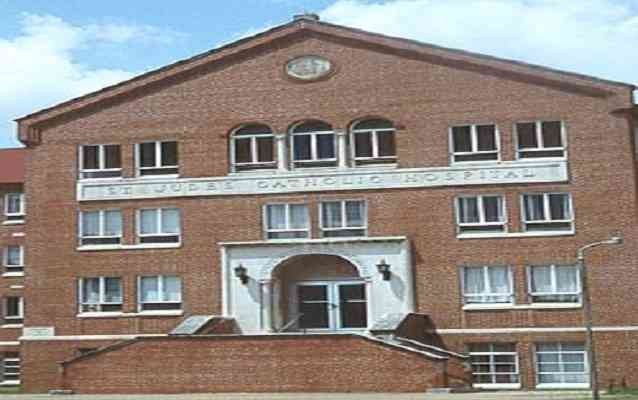
The City of St. Jude started as an organization to serve the Montgomery African American community; it is now a historic district.
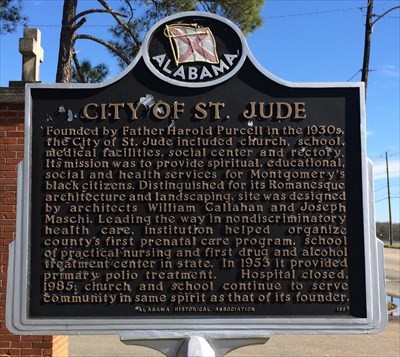
Marchers at City of St. Jude got some much needed rest and recieved medical attention for wounds that they had recieved throughout the long march from Selma. In addition to this they sang and danced to the Stars of Freedom Rally
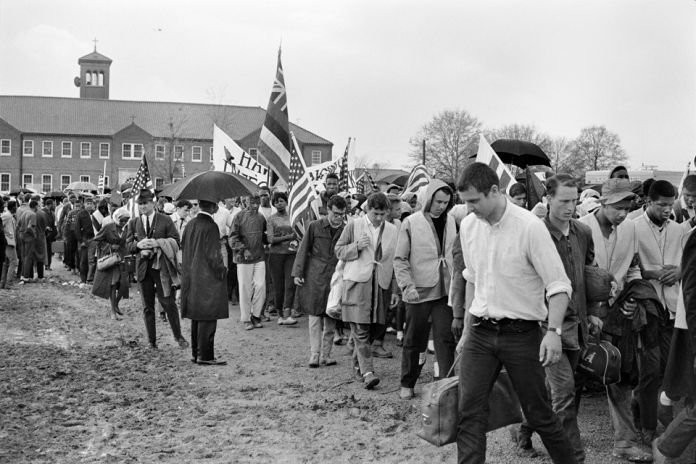
Father Purcell founded the City of St. Jude in an attempt to create a community that would improve the living conditions of African Americans in the Montgomery area.
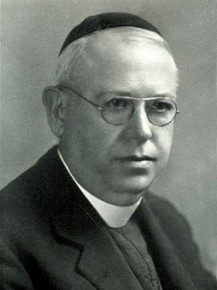
Viola Liuzzo was a mom from Detroit who shuttled marchers to and from Selma and Montgomery. She was shot and killed when she was spotted with an African American man while she was on her way to pick up more marchers.
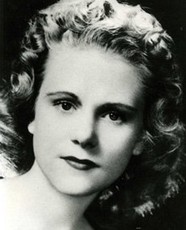
Backstory and Context
Text-to-speech Audio
The City of St. Jude Historic District in Montgomery, Alabama is a Roman-Catholic social-service district dedicated by Father Harold Purcell in 1937. The purpose of the organization, as it was then called, was to offer medical, educational, and spiritual help to the African Americans in Alabama and was the first Catholic institution in the state to specifically seek out African Americans and to minister to them. Purcell envisioned this idea of a city where he could help the poor early in his career as a priest when he visited poor neighborhoods and realized the terrible conditions African Americans were living in. Purcell saw that the lives of some African Americans in Alabama specifically would improve from his help, and in 1934 he requested permission from Bishop Thomas J. Toolen of Mobile to pursue this mission work. Bishop approved so long as the leader of the Passionist Order that Purcell had been a member of since 1904 approved as well. However, the leader of the order turned Purcell away at which point he left the order and became a priest in the Diocese of Mobile where he could continue his mission.
Starting in May 1934, Purcell chose a big white frame house along Holt Street in Montgomery to hold a chapel, clinic, office, and living space for religious personal that worked at the district. After Bishop Toolen helped him with finances, Purcell bought 56 acres of land in the city in 1936 between Hill and Oak streets, where he placed a church. Even though the church basement had classrooms Purcell wanted more for the African American community, so he began to build an actual school for them in 1940. The school was constructed by local African Americans and housed 32 staff and classrooms and could hold 600 students. Along with the church and school, Purcell also started working on a hospital for the locals in 1949 and opened it in 1951. The hospital consisted of 165 beds and was the first absolutely integrated hospital in the Southeast and the first hospital in the region that treated patients no matter what their race or religious beliefs were.
The organization received national attention when it assisted the marchers of the Selma to Montgomery March both during and after the event. The marchers used the organization’s grounds as a resting post on the fourth night of their march on March 24, 1965. The nurses and doctors at the hospital tended to the marchers’ wounds while they were entertained by the Stars of Freedom Rally, a concert led by national celebrities such as Harry Belafonte, Pete Seeger, Leonard Bernstein, and Joan Baez. The hospital further assisted the activists when it attempted to save the life of the white Viola Liuzzo after she was shot by KKK members on March 25, 1965 due to her involvement in the march; unfortunately, Liuzzo’s wounds were fatal. Because of its involvement in the march a commemoration celebration was held here in 1990 for the 25th anniversary of the march where George Wallace himself was present. Due to their involvement in the march, the district started receiving less of the donations that had been so important to the funding of the facilities here. Eventually this scare ended, and the district continues to serve the poor Montgomery community today. When the hospital was shut down in 1985, the building reopened in 1992 as an apartment complex for poor families and seniors. The Father Purcell Memorial Exceptional Children’s Center offers excellent health care to kids who have birth defects or endure pain from mental and physical harm caused by abuse. There are also 400 families who attend the City of St. Jude Catholic Church which also houses several religious and community organizations.
Sources
https://www.nps.gov/nr/travel/civilrights/al5.htm
"City of St. Jude." Encyclopedia of Alabama. Accessed on November 8, 2017.
http://www.encyclopediaofalabama.org/article/h-1829
